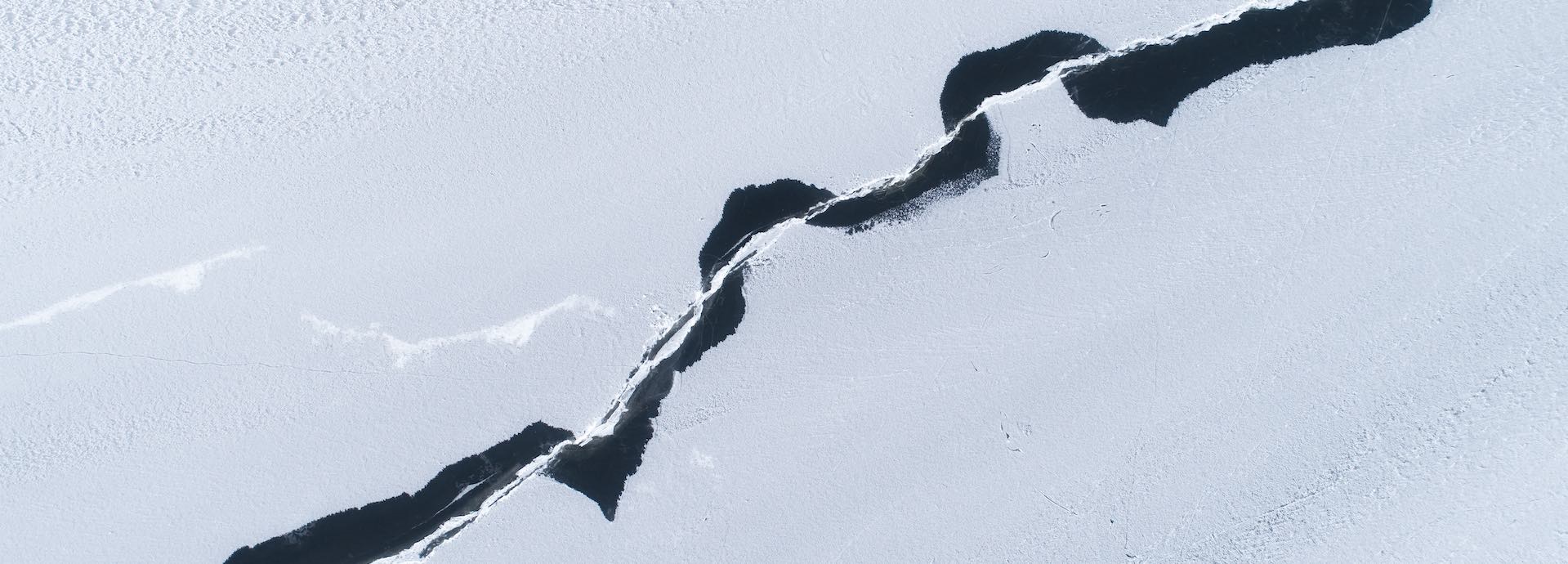

Research carried out by a consortium of climate science institutions has shed light on the existence of a complex network of feedback loops that accelerate global warming.
Led by Oregon State University (OSU) alongside the University of Exeter the Potsdam Institute for Climate Impact Research, the Woodwell Climate Research Center, and Terrestrial Ecosystems Research Associates, the study published in the journal One Earth identified 27 feedback loops that intensify global warming—some of which are overlooked by existing climate models.
The paper also identifies seven dampening feedbacks, which slow the effects of climate change, and seven ‘uncertain’ feedbacks, such as increasing atmospheric dust and ocean instability, where effects are not yet known.
The feedbacks can be classified into physical loops that lack significant biological involvement, and biological processes – both of which can be impacted by the substantial rise in human greenhouse gas emissions.
“These feedbacks may contribute significantly to warming over the course of the century. In addition, they are not as well-characterized as some of the abiotic (non-biological) feedbacks.”
Amplifying Feedbacks
The report defines amplifying feedback loops as situations where the effects of climate change trigger even more warming, causing a self-perpetuating loop.
It cites examples such as melting arctic sea ice leading to further warming as darker seawater absorbs solar radiation. Another example is emissions from thawing permafrost leading to more warming and further thawing.
In 2021, a disheartening shift occurred in the Amazon Rainforest as it transitioned from being a carbon sink to a carbon source. The transformation was primarily driven by slash-and-burn agricultural practices employed to clear land for cattle farming.
As a consequence, the Amazon Rainforest, which once absorbed substantial amounts of carbon dioxide (CO2), emitted more CO2 than it absorbed. This alarming shift amplifies greenhouse gas emissions while diminishing the forest's capacity to uptake CO2, creating a vicious cycle contributing to further warming and an increased risk of forest dieback.
Meanwhile, peatland mega-fires that ravage the vast boreal regions account for 15% of annual global emissions—equivalent to the emissions generated by all combustion engine vehicles globally.
Emissions stemming from boreal fires not only exacerbate global warming but also prolong dry seasons and perpetuate the persistence of smouldering peatlands, amplifying the risk of future fires.
“We are particularly concerned about several biological feedback loops that are highly uncertain and could be very large,” said the report’s co-lead author, Dr William Ripple.
“These feedbacks may contribute significantly to warming over the course of the century. In addition, they are not as well-characterised as some of the abiotic (non-biological) feedbacks.”
“If these tipping points are crossed, part of the Earth’s climate system could enter a self-perpetuating new state, potentially causing significant impacts, from which it may be difficult or impossible to return.”
Climatic Tipping Points
According to the researchers, the combined impact of so many feedback systems could shorten the timeline for reaching an irreversible climate change ‘tipping point’.
Report co-lead author and OSU College of Forestry postdoctoral scholar, Dr Christopher Wolf, points to examples such as deforestation reducing regional rainfall to the extent that forests cannot grow back, and the release of CO2 and methane from melting permafrost that could continue even in the absence of continued human emissions.
“We need to mitigate the possible major threats looming from climate tipping points that are drawing ever-closer due to the prevalence of the many amplifying feedback loops,” he says.
“If these tipping points are crossed, part of the Earth’s climate system could enter a self-perpetuating new state, potentially causing significant impacts, from which it may be difficult or impossible to return.”
Dampening Feedbacks
The report also identified seven dampening feedbacks with an opposite net cooling effect, such as the ice production-entrainment feedback in the Southern Ocean, where thinning ice allows more heat to escape through radiation.
The thin ice provides less effective insulation to the water beneath it, and a lack of snow further reduces its insulating properties. These two mechanisms work together to allow more heat to be lost from the oceans, thereby reducing ice melt, and helping to cool the planet.
However, the system would revert to amplifying feedback working to warm the planet once the ice disappears entirely.
“Anything we can do to restore or preserve natural ecosystems both on land and in the ocean will be helpful in offsetting global warming as photosynthesis is the primary natural mechanism for removing CO2 from the atmosphere.”
Mitigation
The report categorises efforts to mitigate climate change as potentially dampening feedback in itself—if humans respond by increasing efforts to slow warming.
“Most of the dampening feedbacks are things that cannot be altered. They are constant physical processes already accounted for in climate models,” said TERA executive director and report contributor Dr Jillian Gregg.
“By contrast, human CO2 emissions have had the largest impact on global warming thus far. In addition to reducing human greenhouse gas emissions, anything we can do to restore or preserve natural ecosystems both on land and in the ocean will be helpful in offsetting global warming as photosynthesis is the primary natural mechanism for removing CO
Did you like this? Subscribe to Insights updates!
Once every six weeks, you will get the top picks – the latest and the greatest pieces – from this Insights channel by email.
